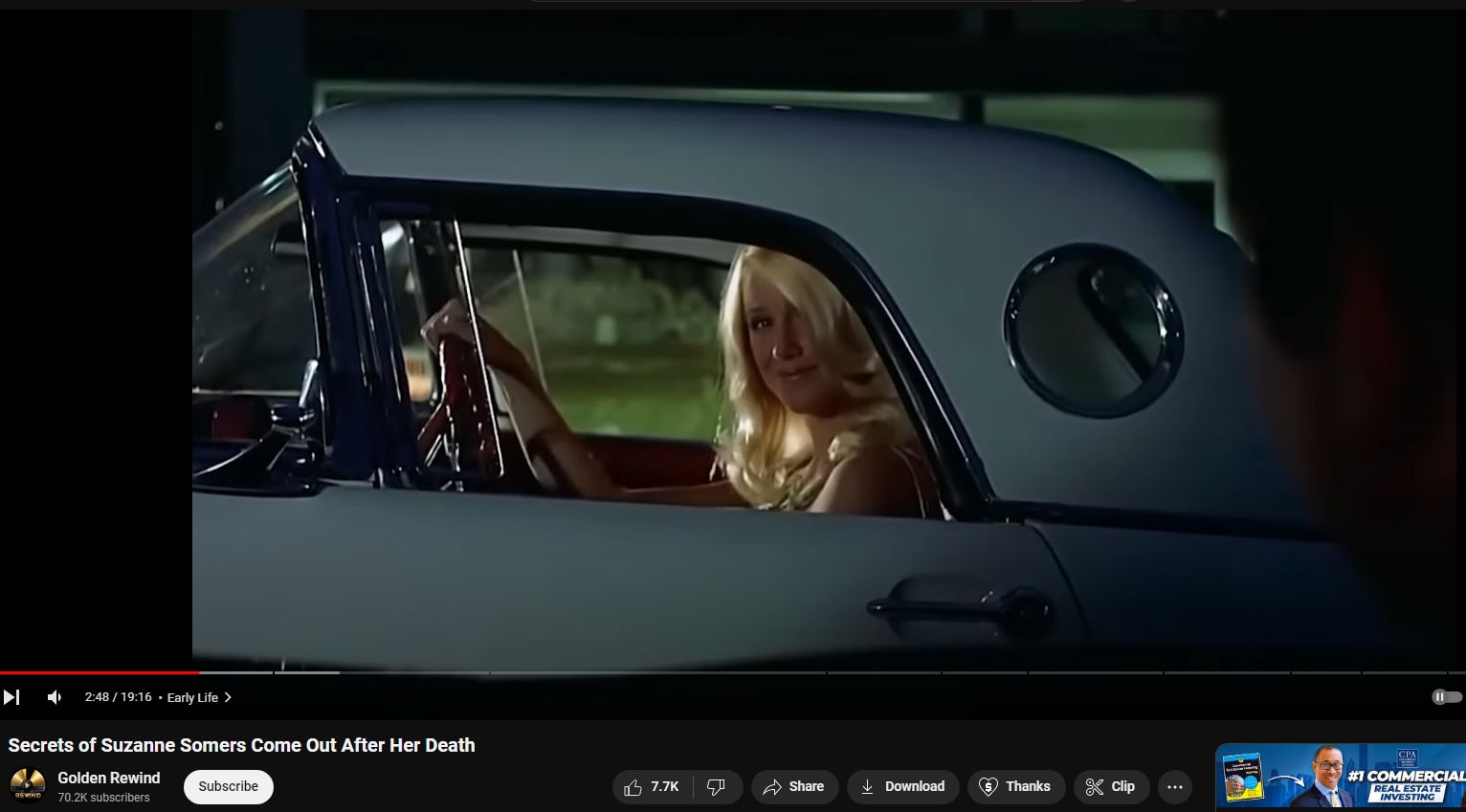That Yummy Film-Look
We know why they don’t sound as good — digitalia galorica! coupled with the extreme, life-like / soul / airiness-killing negative-feedback necessary to make solid-state not runaway into oscillation — but what is it about the old film-shot look?
The brights are sharper, the mids more intense, the darker shades richer. It’s like everything is in a more correct phase. The resulting life-like “pop” is unmistakable, and it’s present even in the low-end cameras — even the Zapruder film looks better than many digital-shot moderns.
“Modern look” is very grey-heavy in the midranges, comparatively unsaturated, vibrance-deficient.
Today’s very best, most expensive, ‘professional’ digital cameras pale compared to film at its height.
We were a few decades of development further into film before the switch-over (which was done for economic reasons, not quality gain); will it take a few more decades for digital to finally catch-up? Is it merely the difference between analog and digital? Would the digitally-discarded artifacts (from digital compression) reconstitute a recognizable and maybe even watchable movie, in the same way that audio artifacts discarded by the digital MP3 encoding process very easily constitute a recognizable and listenable recording. Maybe your view differs?

